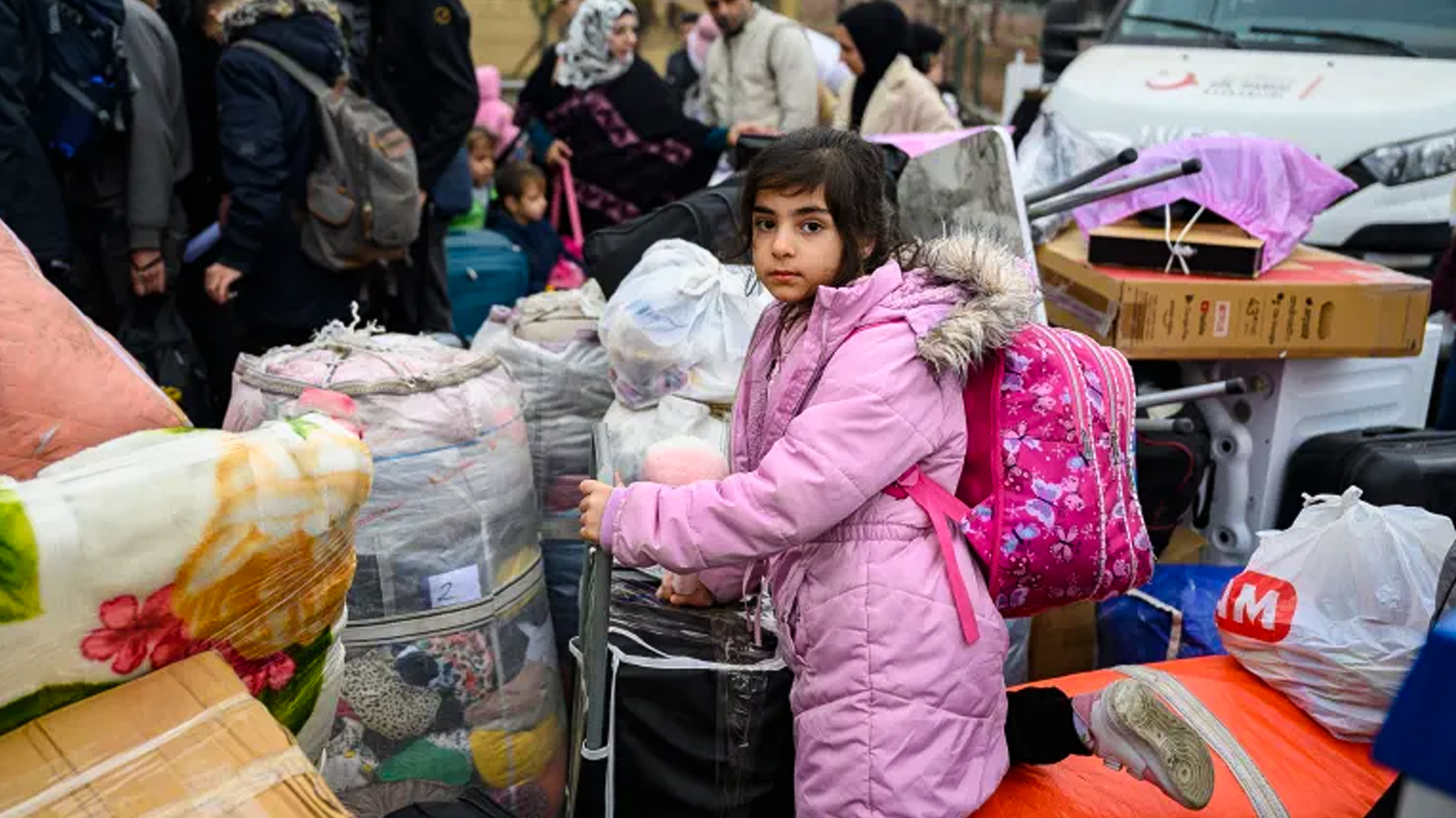Over 175,000 Syrian Refugees Voluntarily Return from Turkey Amid Hope for Stability
UNHCR warns that unless urgently needed funding is secured, the anticipated return of up to 1.5 million people this year may not materialize.

By Ahora Qadi
ERBIL (Kurdistan24) – Turkish Interior Minister Ali Yerlikaya announced Wednesday that more than 175,000 Syrian refugees have returned to their homeland since the fall of the Assad regime in early December 2024. The returns, carried out between Dec. 9, 2024, and Apr. 13, 2025, were all “voluntary,” according to Turkish authorities.
Despite the significant numbers, Yerlikaya said approximately 2.8 million Syrians still reside in Turkey, with many awaiting the right conditions to repatriate. The Turkish government, a key supporter of Syria’s new leadership, has expressed a strong desire to expedite the return process, which remains a sensitive domestic issue.
Meanwhile, the United Nations High Commissioner for Refugees (UNHCR) reported that around 400,000 Syrian refugees have returned to Syria from neighboring countries since December, while over one million internally displaced persons (IDPs) have gone back to their towns and villages.
Urgent Need for Support to Sustain Returns
The UNHCR has stressed that summer 2025 represents a crucial window for voluntary returns, particularly with the school year ending. However, the agency warns that unless urgently needed funding is secured, the anticipated return of up to 1.5 million people this year may not materialize.
UNHCR’s operations in Syria are already facing a severe funding shortfall. Of the $575 million needed for 2025, only $71 million has been pledged. This gap threatens life-saving services and endangers millions, with an estimated 16.7 million Syrians—roughly 90% of the population—currently in need of humanitarian assistance. More than 7.4 million remain internally displaced.
Without sufficient resources, UNHCR cautions that not only could the number of returnees shrink, but those who do return may be forced to leave again due to a lack of shelter, livelihoods, protection, and legal aid.
A Critical Time for Investment
To address these challenges, the UNHCR has launched the “Syria Is Home” digital platform, which provides real-time information for refugees considering return. It includes guidance on legal procedures, housing, identity documentation, healthcare, and education.
UNHCR also warned that donor fatigue and declining contributions will reduce its workforce in Syria by 30%, potentially forcing the closure of nearly half of its 122 community centers by summer. These centers are crucial for providing mental health services, legal support, mine-risk education, and programs aimed at preventing gender-based violence.
A Shared Responsibility
Despite the funding crisis, UNHCR remains committed to its presence in Syria and continues coordination with key partners, including WFP, IOM, UNDP, and UNICEF. The agency is urging traditional and emerging donors alike to step up support for this “historic opportunity” to enable safe, dignified, and sustainable returns for Syrians.
The agency emphasized that with sustained investment in recovery and early development, the returning population can be part of rebuilding a more stable and prosperous Syria.
